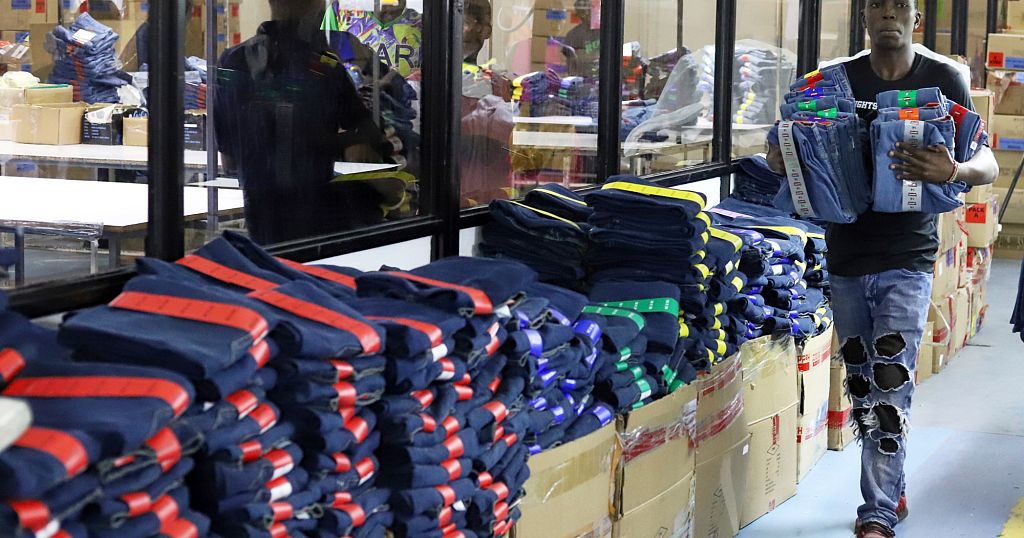Kenya’s struggle to manage its debt burden shows little sign of easing, with global ratings agency Moody’s warning that high borrowing costs will persist as the country increasingly turns to domestic lenders to plug budget gaps. The agency highlighted Kenya’s position among nations with the world’s steepest debt interest-to-revenue ratios, noting that interest payments consume roughly one-third of government income—a figure it called “a key constraint” on the country’s fiscal health.
Moody’s latest analysis projects Kenya will source nearly two-thirds of its financing needs domestically over the coming year, equivalent to just under 4% of its GDP. While this approach avoids immediate currency risks associated with foreign borrowing, analysts cautioned that relying heavily on local debt markets could further strain public finances. “Domestic borrowing costs remain elevated, undermining debt affordability,” the agency stated, pointing to persistent challenges in sustaining budget stability.
Finance Minister John Mbadi recently announced plans to narrow the fiscal deficit to 4.8% of GDP for the 2024/25 financial year, down from 5.7% in the prior cycle. However, Moody’s cast doubt on the feasibility of this target, citing “acute fiscal pressures” and underperforming tax collection systems. “Kenya’s revenue generation capacity remains structurally weak,” the report said, referencing repeated shortfalls in meeting revenue goals.
The agency stressed that securing a new financing arrangement with the International Monetary Fund (IMF) would be critical to managing external debt obligations averaging $3.5 billion annually. Central Bank Governor Kamau Thugge confirmed last month that Nairobi will resume talks with IMF officials in September, aiming to finalize a support program. Moody’s framed such a deal as pivotal, stating it could “anchor investor confidence” and lower the premium on Kenya’s overseas borrowing.
The warnings arrive amid broader scrutiny of Africa’s debt landscape, where multiple nations grapple with balancing development spending against repayment obligations. While Kenya’s economy has shown resilience in recent years—posting 5.6% GDP growth in 2023—analysts note that high debt-servicing costs risk diverting funds from healthcare, education, and infrastructure projects. With global interest rates remaining elevated, the outcome of IMF negotiations this autumn could prove decisive in stabilizing the country’s financial trajectory.
